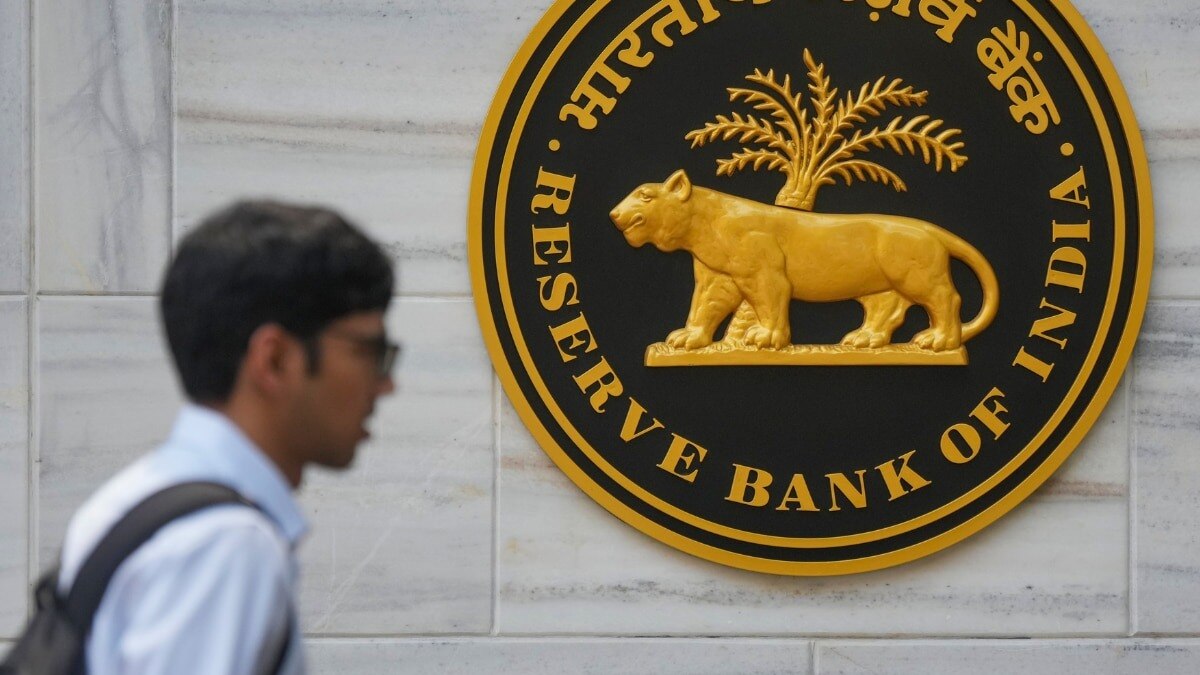The Reserve Bank of India (RBI) is set to amend its Liberalised Remittance Scheme (LRS) to prevent resident Indians from using overseas remittances for foreign currency deposits with lock-in periods. This adjustment aims to address concerns over individuals potentially utilising these deposits as passive wealth vehicles, which could disrupt India’s capital controls.
This move comes after foreign currency deposits surged from $51.62 million in February to $173.2 million in March 2025, reflecting a seasonal spike linked to financial year-end strategies.
The RBI’s proposed regulatory tightening is part of a broader review aimed at simplifying and strengthening the legal framework governing the LRS.
Currently, the scheme permits residents to remit up to $250,000 annually for various purposes, including education, travel, and investment. However, some individuals may exploit loopholes to shift wealth passively overseas, prompting the central bank’s action. “This is akin to passive wealth shifting, which is a red flag for the RBI in a still-controlled capital regime,” a source told Reuters.
While the total annual outward remittances under the scheme declined slightly to $30 billion for the financial year 2024/25, the RBI remains vigilant about misuse of the scheme. The central bank’s amendments are expected to close gaps that allow for indirect or name-altered deposits, which could negatively impact foreign exchange reserves and increase currency volatility.
The RBI’s initiative also reflects a cautious stance towards full capital account convertibility, as it seeks to minimise risks associated with excessive capital outflows. By barring the use of LRS funds for interest-earning accounts abroad, the RBI aims to ensure that remittances support genuine personal and investment needs rather than serving as a tool for passive capital export. “The move addresses a growing misuse of the scheme as a vehicle for passive capital export,” said a second source.
This regulatory change is part of a comprehensive effort to streamline the LRS’s legal framework, aligning with priorities highlighted in the RBI’s latest annual report. The central bank seeks to bolster the integrity of the remittance process while maintaining control over capital flows. Such measures are vital in safeguarding India’s economic stability amid global financial uncertainties.
Experts suggest that March typically sees an uptick in remittances, as residents utilise annual limits and tax planning opportunities. Although the overall remittance figures showed a minor decrease from the previous year, the substantial amounts involved underscore the necessity for tighter controls and regulatory clarity. The RBI’s actions signify an ongoing commitment to adapting its policies in response to evolving financial landscapes.
As the RBI proceeds with these adjustments, it remains crucial for resident Indians to understand the implications for their remittance activities. The central bank’s efforts to simplify regulations while preventing misuse of the LRS reflect a balanced approach to fostering financial prudence and economic resilience.
